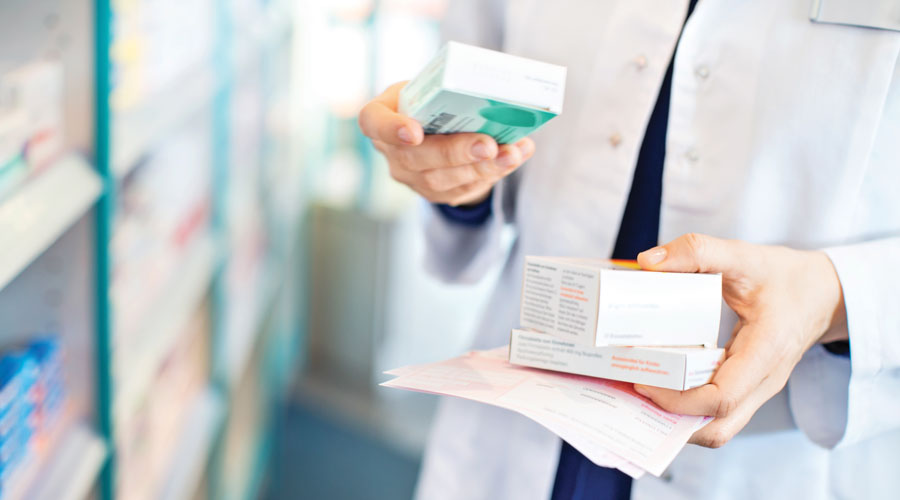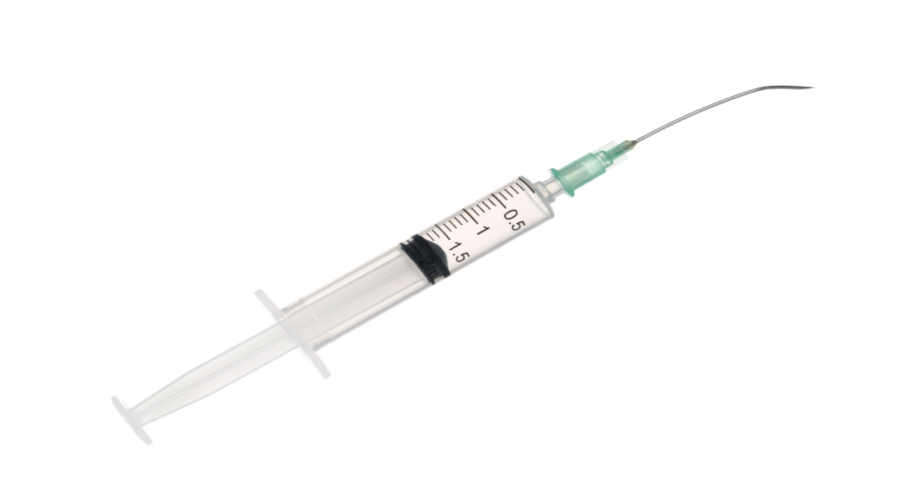Inside: Often the patients who need the most help also spend the most money at the pharmacy. Help these profitable patients and increase revenue at your pharmacy.
Not all patients need the same level of care.
And not all pharmacies provide the same level of care. When it comes to personal care, independent community pharmacies stand apart from national chain and big box pharmacies. They cater to individual needs with personalized care.
But not every patient knows that.
Many patients spend enormous amounts of time and money at pharmacies that don’t understand or that can’t meet their special needs.
Often these patients need the most help. (These profitable patients also spend the most money at the pharmacy.)
These Are the Most Profitable Patients for Independent Pharmacies
Knowing which patients create the most revenue will help you recruit those patients to your pharmacy.
You can show them the experience of using a pharmacy that truly cares about them.
And improve your pharmacy’s profits by catering to your most profitable patients.
Patients without insurance
The sad truth of the current system is that your pharmacy makes a lot more money off uninsured patients than insured patients.
Cash-paying patients can provide four times more profit than insured patients.
Here’s one example from Drug Channels based on the most prescribed brand-name drug in New York City.
Plavix 75mg
Cash price: $54.50
Medicaid reimbursement: $13.44
Difference in profit: $41.06
Although the profit margin varies from drug to drug, cash payments almost always prove more profitable for pharmacies than third-party reimbursements.
How to get more patients who don’t have insurance:
Make your pharmacy competitive for the uninsured.
Copays even the playing field for retail pharmacies because patients will pay the same amount no matter where they go. But uninsured patients can pay vastly different amounts for prescriptions.
Make your costs competitive to attract those profitable patients who pay cash.
Patients who take specialty medications
People who take specialty medications combine two unfortunate conditions that create high-dollar returns.
1. They often have chronic conditions and comorbidities that last a long time
Of the highest-paying specialty patients, more than one-third have 10 or more different medical conditions.
And the most expensive specialty treatments make up two-thirds of all specialty drug spending. Those conditions include cancer, multiple sclerosis, inflammatory cystic fibrosis and Hepatitis C.
Those conditions need long-term treatments that provide years of high-dollar revenue for pharmacies.
2. They have to pay high prices for specialty medications
These three eye-popping statistics show how lucrative specialty drugs can be:
- A year of treatment with a specialty drug can exceed $100,000
- Nine out of 10 patients with drug costs of $50,000 used specialty medications
- In 2015, specialty drugs accounted for about 38 percent of total drug costs even though they only make up 2 percent of prescriptions dispensed
How to get more patients who take specialty medications:
Offer services and products that will help improve the lives of patients who take specialty medications.
Many of these patients struggle with significant chronic conditions, so provide extra emotional support.
These patients also juggle complicated medication regimens, so provide medication adherence services and personal consultations.
And, many of them rely heavily on pharmacy services for their continued health, so develop close-knit relationships for better care.
Patients who are baby boomers
The elderly population is expected to double in a little more than a decade. Baby boomers contribute to most of that growth.
And they fund much of the expensive drug spending in the U.S. The typical 65-year-old averages $44,000 in lifetime costs for long-term care.
A a single year of baby boomer health spending includes:
- Baby boomers make up 60 percent of patients who spent more than $100,000 per year on prescription drugs
- One-third of baby boomers receive treatment for at least 10 conditions
- Sixty percent of baby boomers take a minimum of 10 different prescription drugs
Baby boomers need more drugs for longer periods of time than younger generations.
The drug spending by this population is so high that a report by the U.S. Centers for Medicare & Medicaid Services (CMS) cited the aging of the baby boomer generation as a prime contributor to the projected increase in the nation’s total healthcare spending.
How to get more baby boomer patients:
- Make your pharmacy baby boomer-friendly
- Partner with out-patient facilities, hospice care and retirement facilities
- Tailor your marketing to baby boomers
Take care of the patients who need it most. And, increase profits when you find your pharmacy’s most profitable patients.
Want more pharmacy business tips and advice? Sign up for our e-newsletter.












